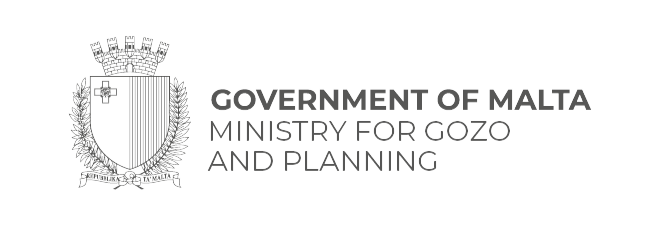As you’re exploring the western side of Gozo and you’re touring the villages of San Lawrenz and Għarb and the vicinity make sure you drop by at the Għarb Folklore Museum. This stop is a must for all those who are devoted to nostalgia and days gone by!
Here are some of the reasons:
- This privately owned museum is truly much more than that, and one can see that the owner, has put a lot of passion into pulling together and organising this extensive collection of antiques that are in way or another related to the old trades and crafts of our islands. One striking thing about the collection is that every item has been arranged according to the specific trade or craft to which it belongs making it easy for the visitor to enjoy! From the blacksmith to the candle maker to the cobbler, a lot of industries have been roped in and the tavern is not missing either!
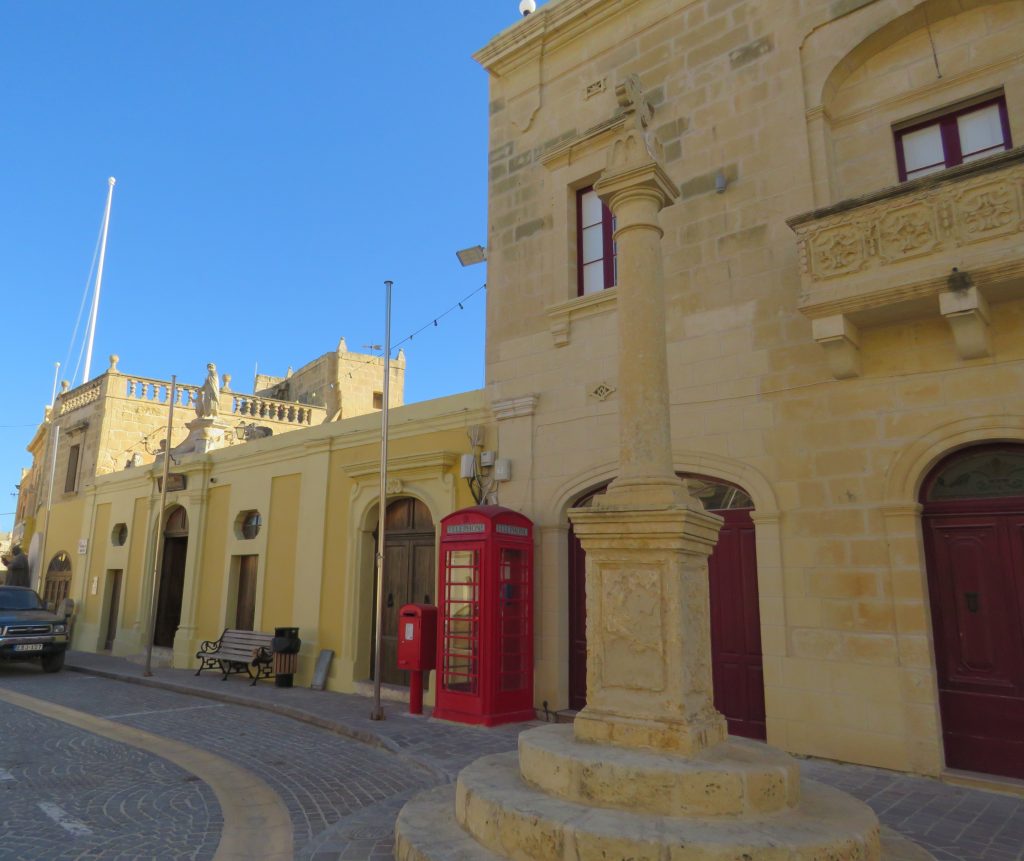
The Għarb Folklore Museum located in the village square - Prominently located in the middle of Għarb square, the museum is housed in a 18th century house, that belonged to well-to-do family. The house, with twenty-eight rooms sprawling over two floors and surrounding the welcoming internal courtyard is a gem itself. Apart from the traditional farmhouse features, it includes a well that has an opening both inside the house and on the rooftop.
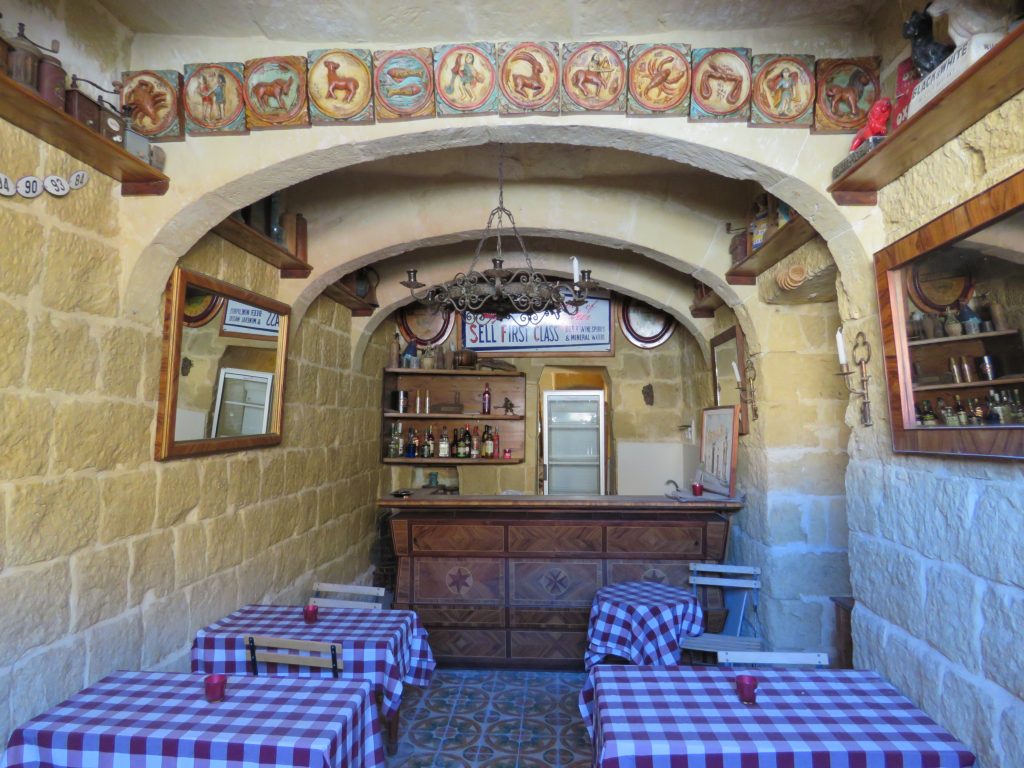
The Tavern - One of the most interesting items in the collection, is the French printing press dating back to the 18th century. This is exhibited in the Printer’s Room (Stamperija) along with a book-binding machine and a variety of tools that were used to create the titles and decorative elements, hammered in gold on book covers.
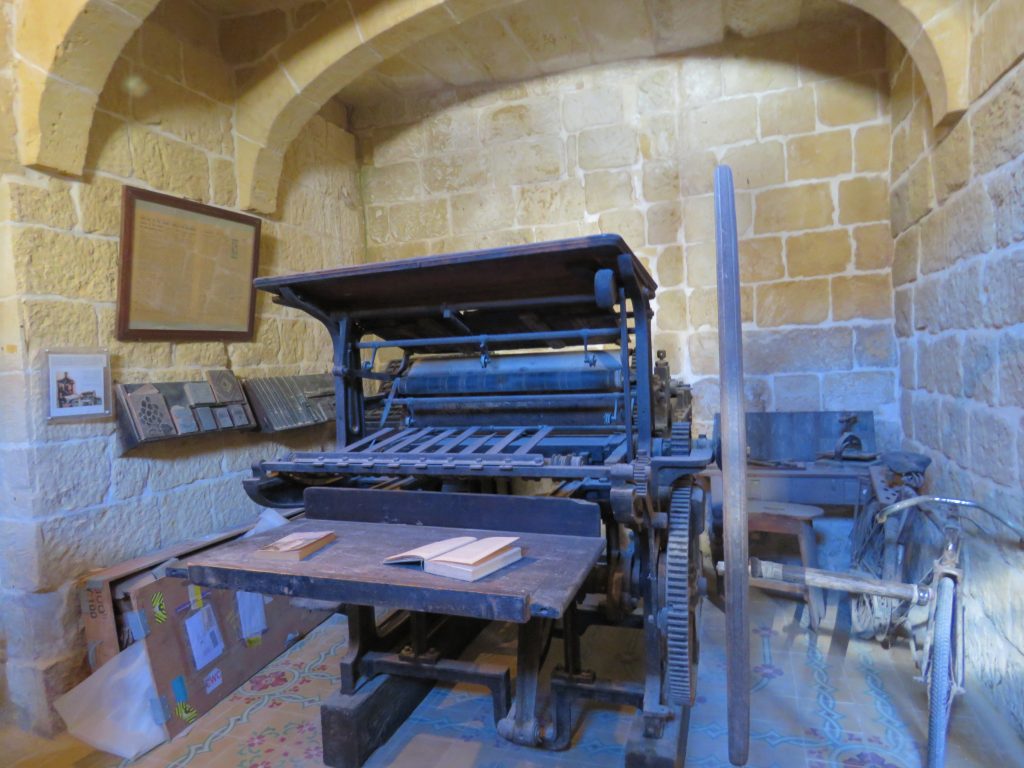
The Printing Press - Another room, the confectionery’s room is truly intriguing and captivating in terms of the various items that have been collected. From the biscuit stamping machine to the trays and forms for making sweets, it is an opportunity to appreciate how much work went into such a trade a century or so ago. In one corner of the room, stands a curious black cabinet with a series of tiny drawers – just the right size for storing pastizzi and keeping them warm via the use of a charcoal or kerosene underneath the drawers! The cabinet even includes a small drawer that the cheesecake hawker used for keeping the change!
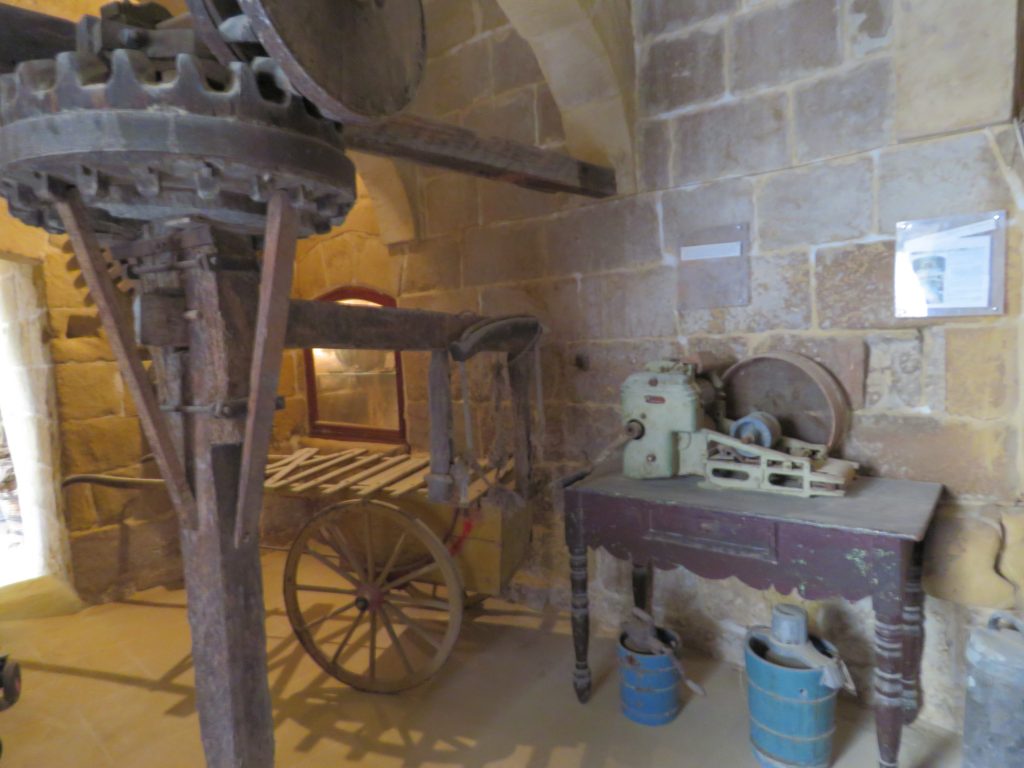
The Confectionery Room: The machine on the table is biscuit stamping machine - The bakery comes complete with the oven and hatch for loading the firewood, the huge earthenware basins where the dough would be worked and the equally big wooden troughs where the dough would be left to rise. Nothing has been left out and on display one can see an authentic bread seller’s cart.
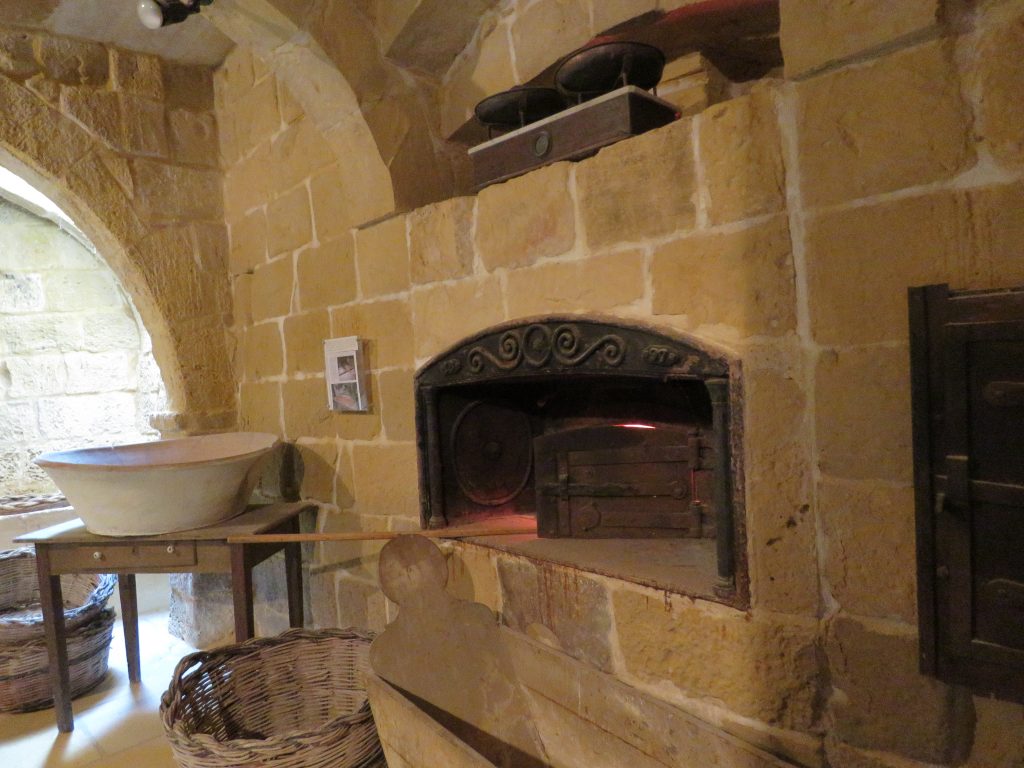
The Bakery - On display, there also are several carts and open carriages, some of which were used for work and others as a means of transport by the richer families. The only artefact on display that can jolt you back to the present, is the yellow and red ‘Shell’ branded petroleum cart.
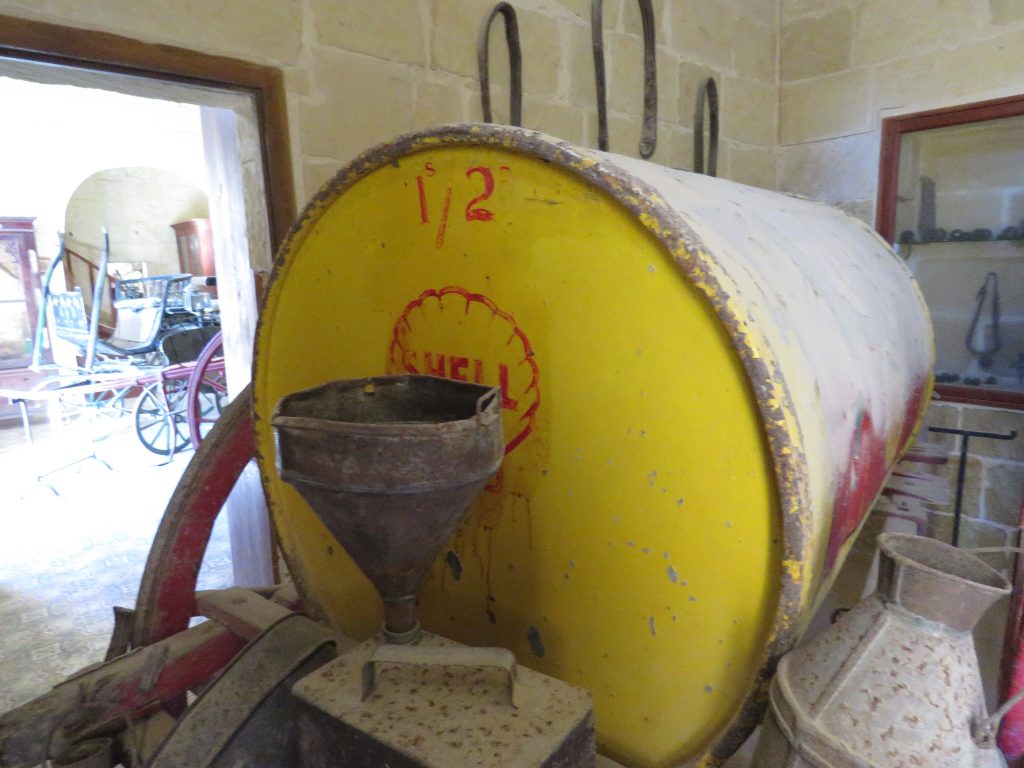
The Petroleum Cart - One final mention is the room dedicated to religious objects. The extensive collection includes the traditional nativity crib.
With a total of 28-rooms, all dedicated to various trades like farming, animal husbandry, fishing, wine-making, loom and weaving, lace-making, sewing and carpentry, various nooks and crannies all featuring captivating objects, decorations and tools, there is no doubt that you’ll spend a couple of hours truly engrossed in old costumes and traditions.









